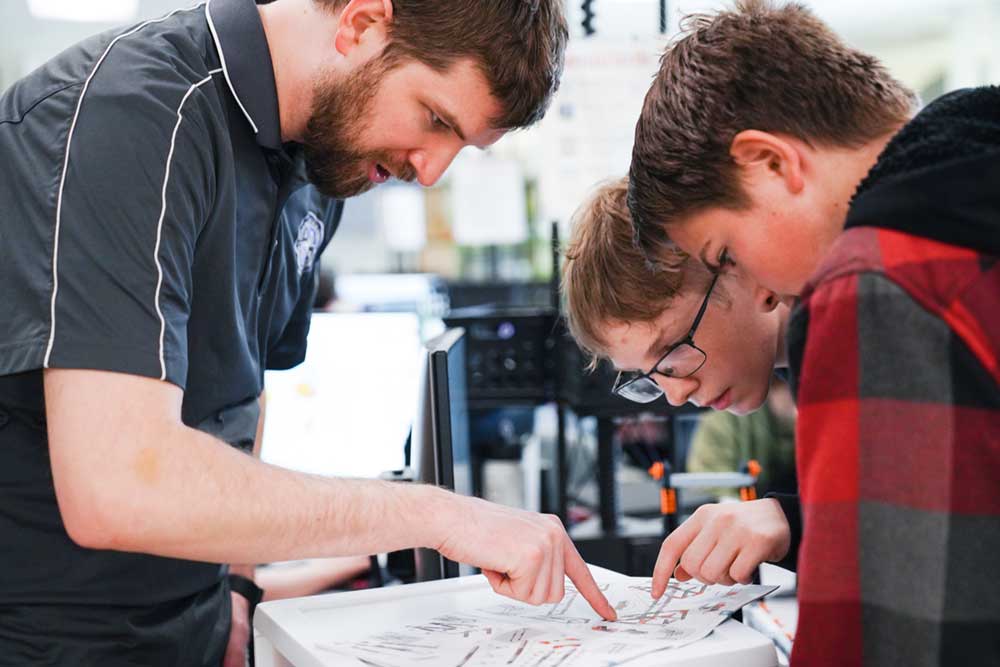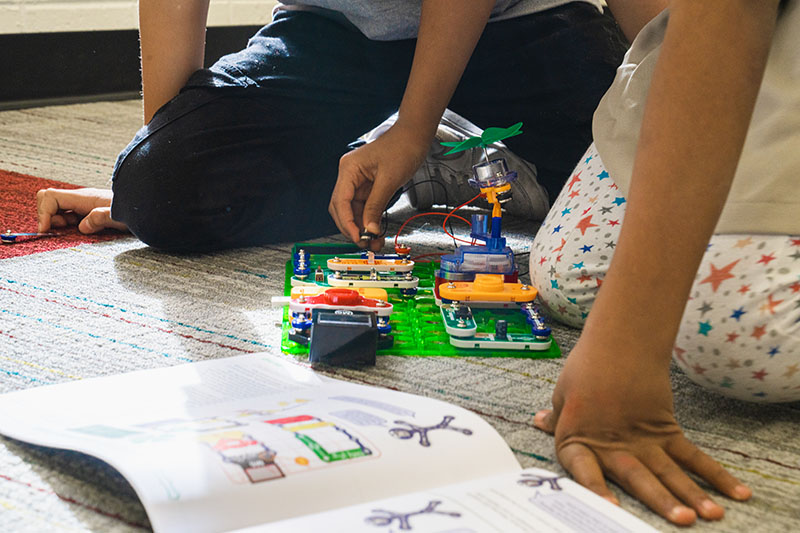Transforming Great Ideas into Meaningful Learning Experiences
As you scour the internet for ideas to support digital learning, and more specifically digital project-based learning (PBL), you’re likely to come across articles titled “30 Awesome Design Challenges for Kids” or “Free STEM Activity Calendar” or “25 Real-World Problems to Engage Students in PBL.”
Yep, these resources provide great ideas, but how do you present them to your students? How do you ensure that deeper learning happens? How do students document and share their process and what they discovered?
To transform these ideas into meaningful learning experiences, you’ll need structure—especially in the digital space where students may not have the on-demand support of a parent, sibling, or teacher.
- Start with a question, problem, or challenge.
Any question, problem, or challenge should be open-ended as it allows students to take ownership of their project. It also allows them to personalize it to their interests, personal experiences, the tools they have access to, and the methods that make sense to them.
Example: ThinkerSpace Challenges
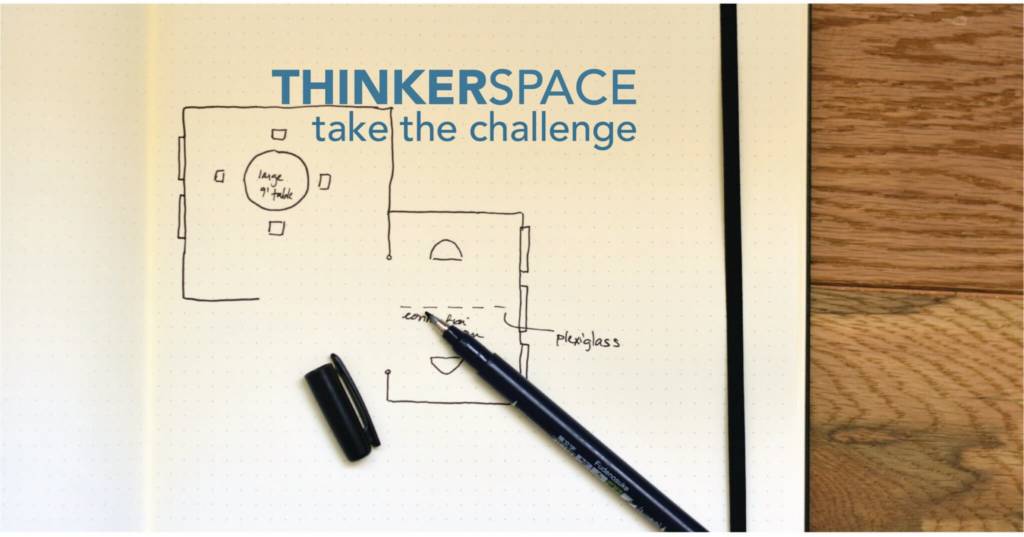
One of last week’s ThinkerSpace Challenges asked students to redesign a community space to meet social-distancing guidelines. This broad challenge provides choice in:
- Tools: Students can use a variety of online design tools or paper and pencil.
- Community Space: Students can choose a community space that they miss or visited prior to the pandemic.
- Final Product: Students can share their designs with a labeled sketch, a screen recorded “tour,” or dynamic media, like ThingLink.
Get more ThinkerSpace Challenges by following our Facebook page.
- Anchor the learning activity to a project cycle.
Once presented with the question, problem, or challenge, students often need to know how or where to get started with their project. By anchoring the activity to a structured cycle, students can accomplish their project by working through the project cycle. Based on the nature of the project, you may choose an inquiry learning cycle, engineering design process, or a PBL project cycle.
Example: SmartLab Learning Project Cycle

In SmartLabs, which are student-directed, project-based learning spaces designed by Creative Learning Systems, teachers use our SmartLab Learning Project Cycle.
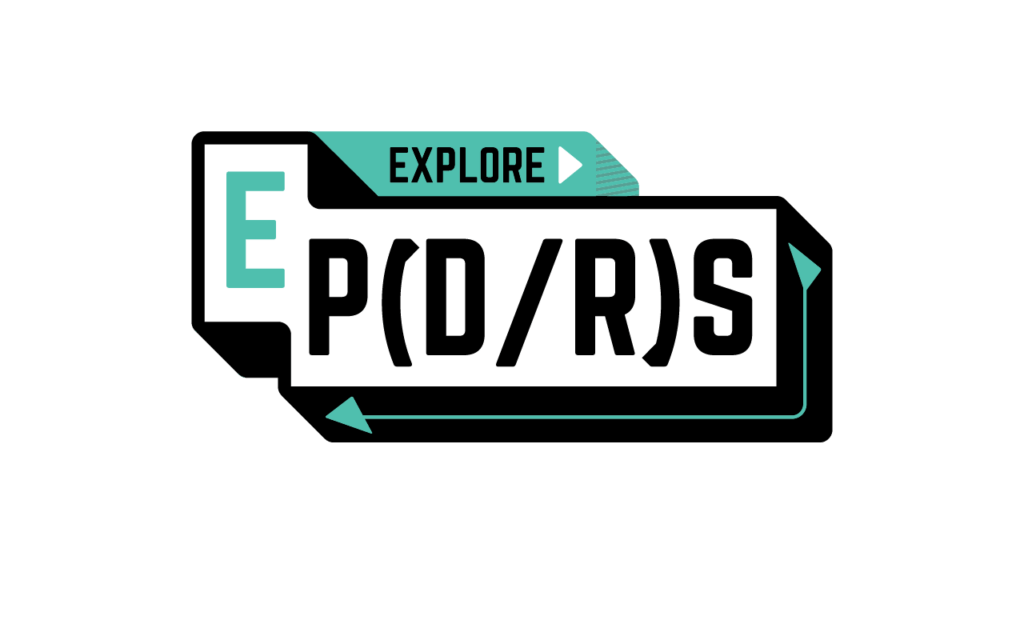
Before jumping into a project, we ask students to EXPLORE. This may mean exploring an online resource, like a website, or a tool. In a SmartLab, we use technology to engage students in personalized PBL, so students spend their time exploring a kit or software program.
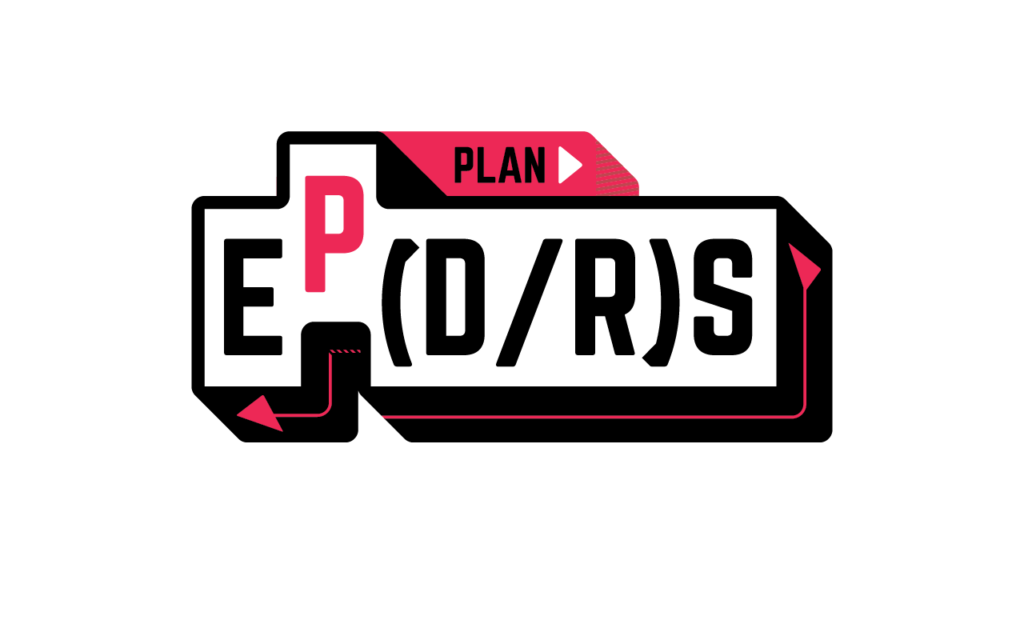
Next up: PLAN. After students have gained some background knowledge of the resource or tool they’ll be using, give them an open-ended challenge and ask them to write a SMART objective. This objective serves as a high-level plan that helps them focus the direction of the project, identify any materials they’ll need, and determine sub-tasks and deadlines they need to do.
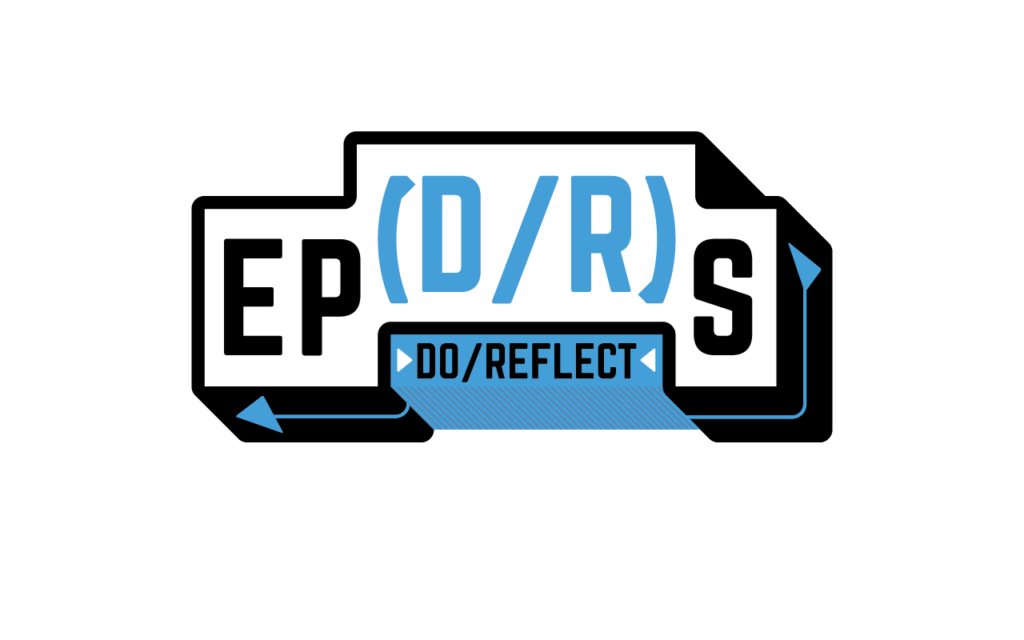
Equipped with some background knowledge and a plan, students are ready to DO their projects. As they work, students should regularly REFLECT on their progress. Ask your students, how does it work? How do you know? What challenges have you faced and how have you solved them? What is going well? How could your product be more efficient or effective at accomplishing your goals?
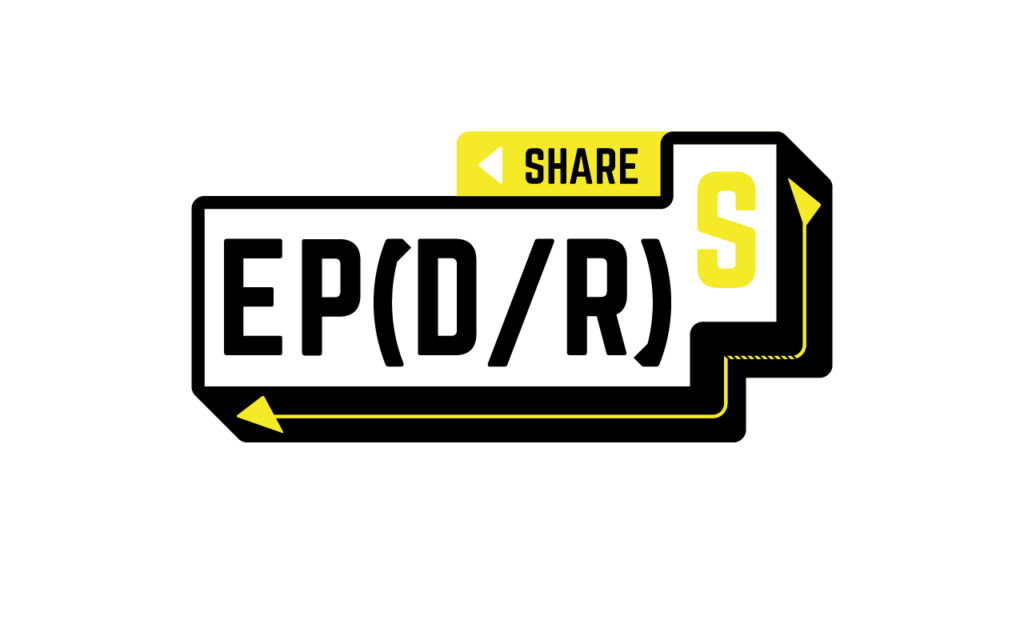
Once students finish their projects, it’s time for them to SHARE. Vygotsky, one of the founding fathers of constructivism, believed that students construct knowledge through their interactions—specifically through social interactions with others. Ask students to summarize and present their learning process to a larger group of classmates. Both the presenter and the audience benefit from the exchange of information.
- Give students a template to document their project work.
Whether it’s a HyperDoc, Google Slides, or an engineering notebook, encourage students to record their work, questions, and lightbulb moments each day. By having a project journal, students can reflect on what they’ve done while ensuring they include important information.
Example: SmartLab Project Journal
The SmartLab Project Journal mirrors the SmartLab Learning Project Cycle, which helps students complete each phase thoroughly and independently. Additionally, this journal can guide younger students on how much time they should spend in each phase.
Now you have the tools you need to take all of those great ideas and transform them into meaningful learning experiences. By providing a little bit of structure, students are free to solve their own problems while learning in the process.




